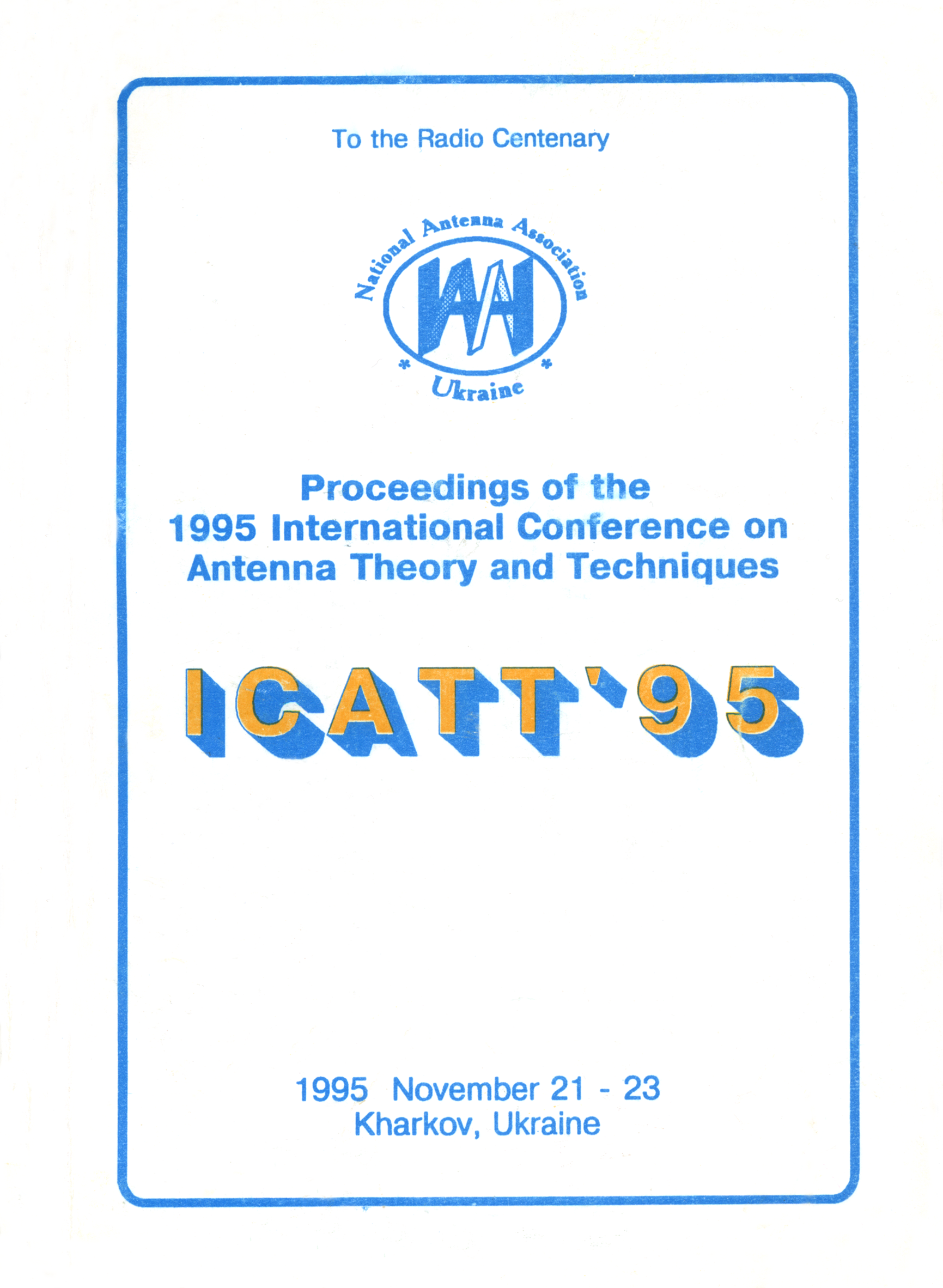Step-like window convolution based on apodization function for antenna arrays with digital signal processing
DOI:
https://doi.org/10.1109/ICATT.1995.1234152Abstract
While realizing digital signal processing for equidistant antenna arrays, the problem of providing a high computational efficiency arises. In particular, it relates to the procedure of data weighting, which has the goal of ensuring the best available pattern characteristics (low level of side lobes and narrow enough main lobe). Using quantized representation of samples of well known apodization functions, one gets the degrading of the mentioned above pattern parameters resulting from round-off errors, that does not permit to obtain all potential results. In connection with these effects, in our report we resent a new approach based on the use of convolution of two step-like windows having integer values of weighting factors. As a result, for synthesized apodization functions, the sample values occur to be integer as well.
Step parameters (their length and amplitude ratios) are optimized, besides, the approach to the synthesis of apodization functions having flat top is proposed for the case when identical step-like windows are convolved. It is shown that even the use of two-step windows as convolution components results in reduction of pattern maximum side lobe level to -45…-50 dB. The obtained main lobe width is comparable with corresponding parameters of the best apodization functions characterized by approximately the same side lobe level.
Recommendations concerning the providing of appropriate tradeoff between the side lobe level and the main lobe width, as well as the corresponding methods of optimization and solution search under restrictions are given. It is shown that even better results (a lower side lobe level) can be achieved using the convolution of three-step windows, but it leads to increasing of maximum of the integer-valued weighting factor.
